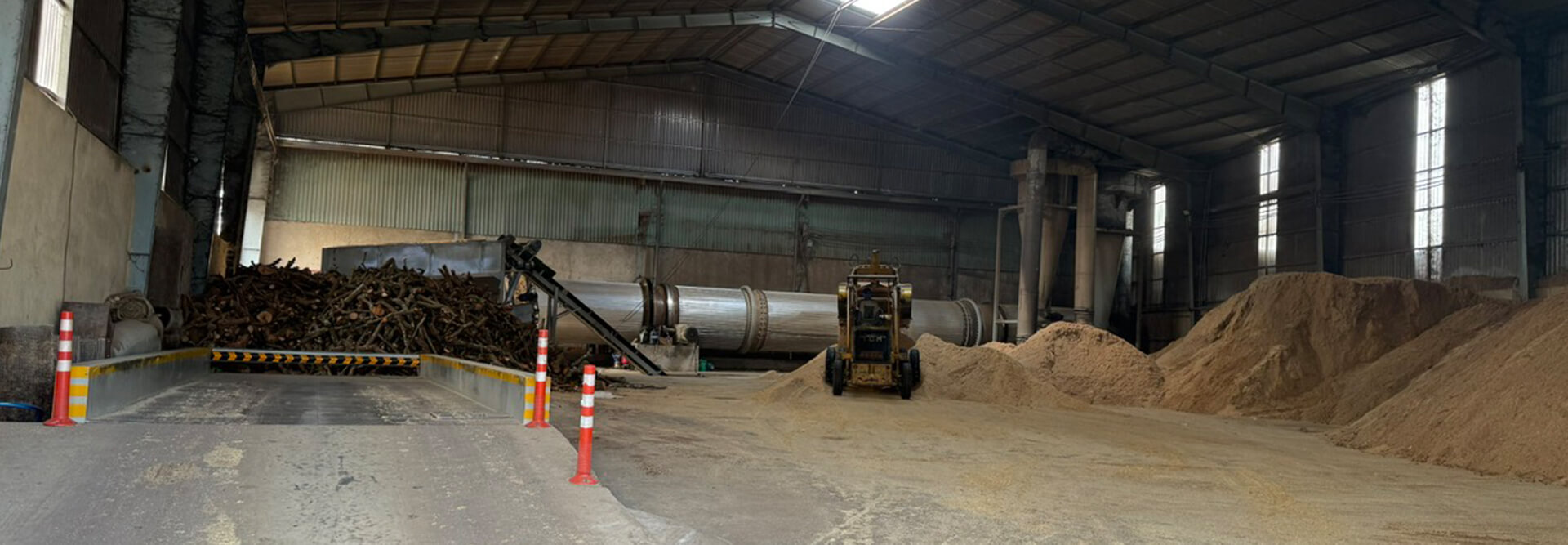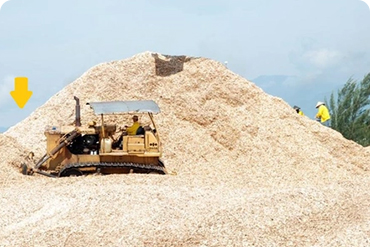
Growth Opportunities for Vietnam's Wood Pellet Industry in U.S.-Driven Trade Conflicts
I. Growth Opportunities for Vietnam's Wood Pellet Industry
1. Global shift away from coal
-
Countries like G7, Japan, South Korea, and the EU are tightening timelines to phase out coal-fired power.
-
Wood pellets have become a quick, affordable, and environmentally friendly alternative.
-
Vietnam, as a leading producer in Asia, can expand its market share if it maintains stable quality and supply.
2. Russia and China limitations: Vietnam rises
-
Russia, once a major exporter to Europe, has been sanctioned due to the Ukraine war.
-
China is prioritizing domestic biomass consumption and reducing exports.
→ Vietnam is emerging as a strategic replacement, especially for the EU and Japan.
II. Impact of U.S.-Driven Trade Conflicts
1. If the U.S. imposes carbon tariffs or technical barriers:
-
Vietnamese pellets could face indirect restrictions, as the U.S. may pressure allies (Japan, Korea, EU) to tighten traceability and supply chain transparency.
-
The EU’s CBAM (Carbon Border Adjustment Mechanism), starting in 2026, may expand to include wood pellets, requiring carbon tracking at every production stage.
2. Geopolitical instability may disrupt logistics:
-
Trade wars could drive up freight and insurance costs, especially if tensions spill into the Asia-Pacific region.
-
Vietnamese exporters must diversify shipping routes and negotiate flexible FOB contracts to stay resilient.
III. Internal Risks Facing Vietnam’s Pellet Sector
| Factor | Risk |
|---|---|
| Overdependence on Japan & Korea (90% of exports) | A policy shift in either market could derail growth |
| Lack of sustainable raw material zones | Competes with MDF, chipboard, and biomass energy industries for input |
| Fragmented industry, many small low-standard plants | Damages the country’s reputation, suppresses export prices |
IV. 5-Year Outlook: Three Scenarios
| Scenario | Description | Strategy |
|---|---|---|
| Optimistic (Most Likely) | Vietnam improves quality, enters new markets like the EU & Middle East | Invest in tech, enforce QC, build brand |
| Neutral | Continues supplying Japan/Korea with slow growth | Maintain steady output, secure long-term contracts |
| Pessimistic | Loses credibility due to low-quality shipments or stricter import rules | Risk of losing buyers, excess production capacity |
V. Strategic Conclusion
In an era of uncertainty driven by trade wars and strict environmental regulations, Vietnam's wood pellet sector stands at a crossroads:
Great opportunity comes with great risk.
The next five years are a critical turning point — only companies that invest in quality, compliance, and sustainable operations will survive and thrive. Those who continue with short-term, low-standard practices will be eliminated.




















